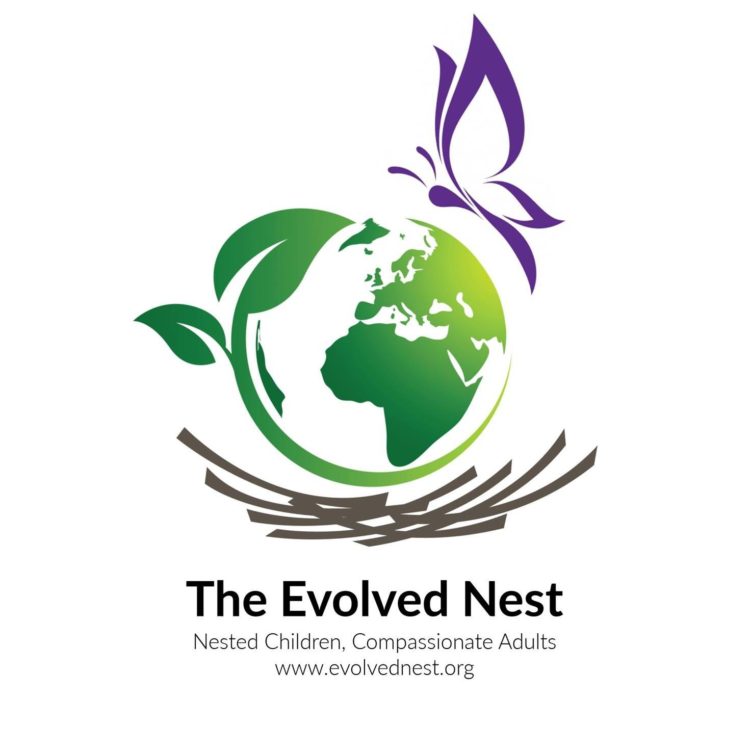What Do You Know About Breastfeeding?
Most people are ignorant about human breast milk’s effects.
You might think you know enough about breastfeeding and breast milk. But you probably don’t know that much. The burgeoning research is often hidden from view for various reasons: the widespread belief that artificial formulas are almost as good as breastmilk, that there isn’t much difference between a breastfed and formula-fed baby, that a lot of mothers can’t breastfeed, that breastfeeding is too hard.
All these are myths, except the last. Breastfeeding for a first-time mother can be difficult if she has never seen much of how it’s done and has little assistance or the child has a tongue-tie or lip-tie (which makes it hard for baby to get a good latch — but which can be remedied, often by a knowledgeable dentist).
Here are a few more things you might not know.
Breast milk helps set the baby’s “clock” or circadian rhythm, making it important for those who bottle their breast milk to feed baby morning milk in the morning, when it is full of energizers, and night milk at night, when milk has sleep-inducing ingredients.
Mother’s breasts are science labs, tailoring milk for baby’s state (exposed to an infectious agent? They produce and provide an antibody) and trait (milk is different for boys than for girls).
Always remember that most studies comparing breastfed versus artificially fed infants only look at three months. This is inadequate to discover the true differences for our species normality. In our ancestral environments the average age of weaning is up to four years (Hewlett & Lamb, 2005).
When babies don’t breastfeed or don’t for very long, there can be consequences for jaws and palates, leading to sleep problems, including apnea, and increased need for orthodontry. Even in Europe before the industrial revolution babies were breastfed for several years and children chewed on real food as they gradually weaned—all affecting jaw, palate and skull formation. Darwin noticed the larger lower jaws and straight teeth of the “primitive” people he visited in South America. This has all been discovered by an interdisciplinary team that has been comparing skulls from today to those from 300 years ago when a big shift occurred: Mothers went to work in the textile factories and as a result, stopped breastfeeding for any length of time, affecting the development of children’s jaws and palates. Giving babies soft foods also play a role. Today there are widespread sleep problems due to the narrow palate and mouth breathing.
And remember that baby’s stomach is small, human milk is thin (unlike the thick milk of predators who have to leave their offspring for hours), meaning that babies should be breastfeeding at least hourly (every 20 minutes in our ancestral environment; Hewlett & Lamb, 2005). Babies should be suckling frequently — in traditional societies, this occurs whenever they get restless. Suckling for comfort assures them that mom or the caregiver is going to protect them, meet their needs — so they can focus on growing.
I hope you learned a few things. There is much more out there about the almost magical elixir human breast milk is for baby. Let’s support moms and babies breastfeeding in this National Breastfeeding Month – and all year long!
References
Hewlett, B.S., & Lamb, M.E. (2005). Hunter-gatherer childhoods: evolutionary, developmental and cultural perspectives. New Brunswick, NJ: Aldine.
Resources
Kindred’s Breastfeeding Resources


